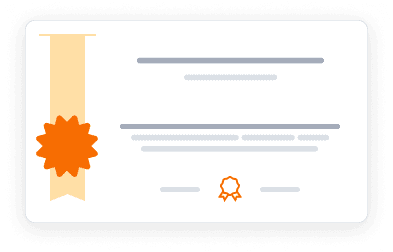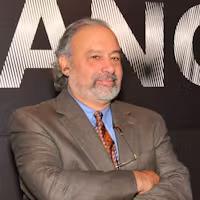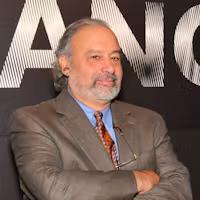Explore Earth's origin, evolution, and geological processes. Learn to teach plate tectonics, atmospheric evolution, and earthquake risk using NGSS standards.
Explore Earth's origin, evolution, and geological processes. Learn to teach plate tectonics, atmospheric evolution, and earthquake risk using NGSS standards.
This course provides educators with an overview of Earth's origin, evolution, and geological processes. Aligned with Next Generation Science Standards, it covers geological time scales, radiometric dating, and interpreting the rock record. The curriculum explores Earth's 4-billion-year history, including atmospheric evolution and life's impact. Participants study plate tectonics, mountain formation, and earthquake risk assessment. The course emphasizes practical teaching applications, offering resources and strategies to address common misconceptions and implement case studies in the classroom.
4.7
(223 ratings)
19,397 already enrolled
Instructors:
English
What you'll learn
Understand geological time scales and radiometric dating techniques
Explore the evolution of Earth's atmosphere and its connection to life
Learn about plate tectonics, mountain building processes, and rock deformation
Understand earthquake risk assessment and its implications
Develop skills to address common student misconceptions about Earth science
Learn to implement multimedia teaching cases in the classroom
Skills you'll gain
This course includes:
149 Minutes PreRecorded video
4 assignments
Access on Mobile, Tablet, Desktop
FullTime access
Shareable certificate
Get a Completion Certificate
Share your certificate with prospective employers and your professional network on LinkedIn.
Created by
Provided by

Top companies offer this course to their employees
Top companies provide this course to enhance their employees' skills, ensuring they excel in handling complex projects and drive organizational success.





There are 4 modules in this course
This course offers educators an in-depth look at Earth's geological history and processes. It covers the origin and evolution of Earth, focusing on key topics such as geological time scales, radiometric dating, atmospheric evolution, plate tectonics, and earthquake risk assessment. The curriculum is aligned with Next Generation Science Standards and emphasizes practical teaching applications. Participants learn to interpret the rock record, understand dramatic changes in Earth's history, and explore local geology. The course provides resources, discussion questions, and assignments to help educators integrate this knowledge into their teaching.
Introduction & The Mystery of Geologic Time
Module 1 · 1 Hours to complete
Evolution of the Atmosphere
Module 2 · 2 Hours to complete
Plate Tectonics: Mountain Building
Module 3 · 1 Hours to complete
Plate Tectonics: Earthquakes
Module 4 · 1 Hours to complete
Fee Structure
Payment options
Financial Aid
Instructors
Curator and Professor
Dr. Mathez is an igneous petrologist and geochemist. He has written on a range of topics, such as how basaltic magmas differentiate and solidify, how platinum group element deposits form, and how carbon in rocks influences physical properties. He has had a long interest in the character and evolution of early Earth and issues associated with climate change. His interests have led him to do field work in various parts of the globe, from North America to South Africa and from Greenland to the deep ocean. He was the lead curator of the Gottesman Hall of Planet Earth and co-curated the temporary exhibition Climate Change: The Threat to Life and a New Energy Future.
Senior Director
Dr. Kinzler is Senior Director of Science Education, and Co-Director of the MAT program at the American Museum of Natural History. Before joining the Museum’s Education Division, Dr. Kinzler’s research career involved investigating planetary differentiation through melting at Columbia’s Lamont Doherty Earth Observatory and in the Museum’s Earth and Planetary Sciences Department. In 1999, Dr. Kinzler co-curated the Museum's Gottesman Hall of Planet Earth, and then joined the Museum’s National Center for Science Literacy, Education and Technology. With a mission to take the Museum’s unparalleled resources beyond its walls, the National Center creates a full spectrum of science education products that integrate authentic science with standards-based curriculum design and innovative use of technology. In 2010 Dr. Kinzler assumed senior management of the Gottesman Center for Science Teaching and Learning.
Testimonials
Testimonials and success stories are a testament to the quality of this program and its impact on your career and learning journey. Be the first to help others make an informed decision by sharing your review of the course.
Frequently asked questions
Below are some of the most commonly asked questions about this course. We aim to provide clear and concise answers to help you better understand the course content, structure, and any other relevant information. If you have any additional questions or if your question is not listed here, please don't hesitate to reach out to our support team for further assistance.





